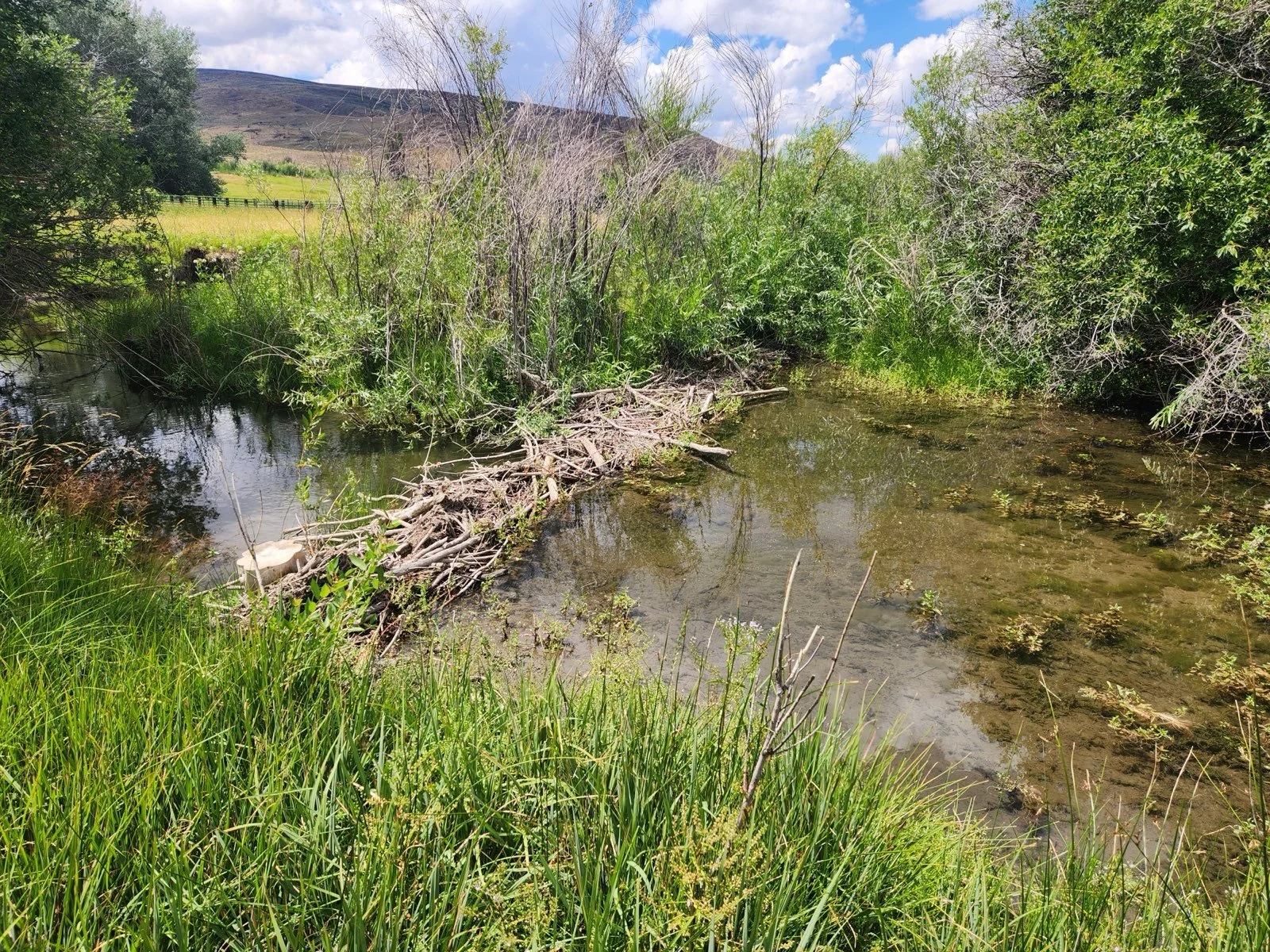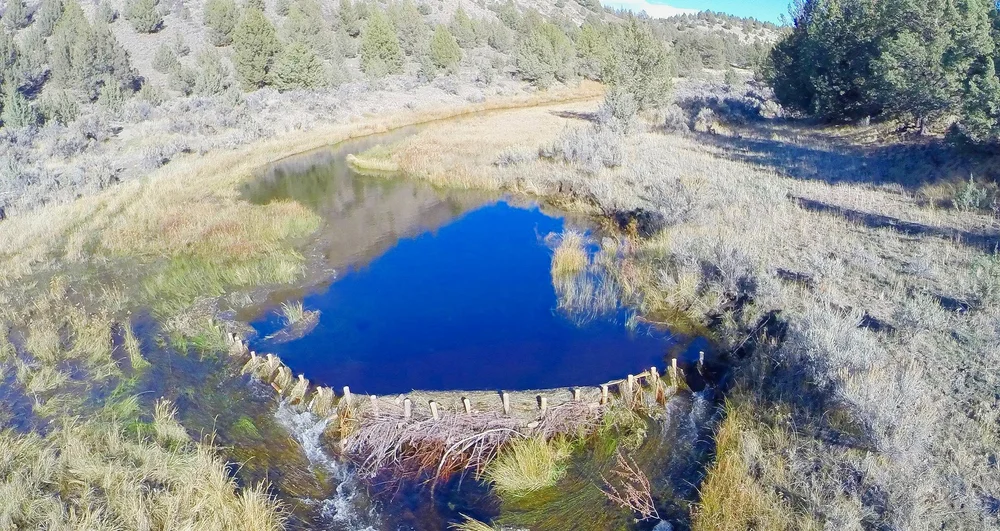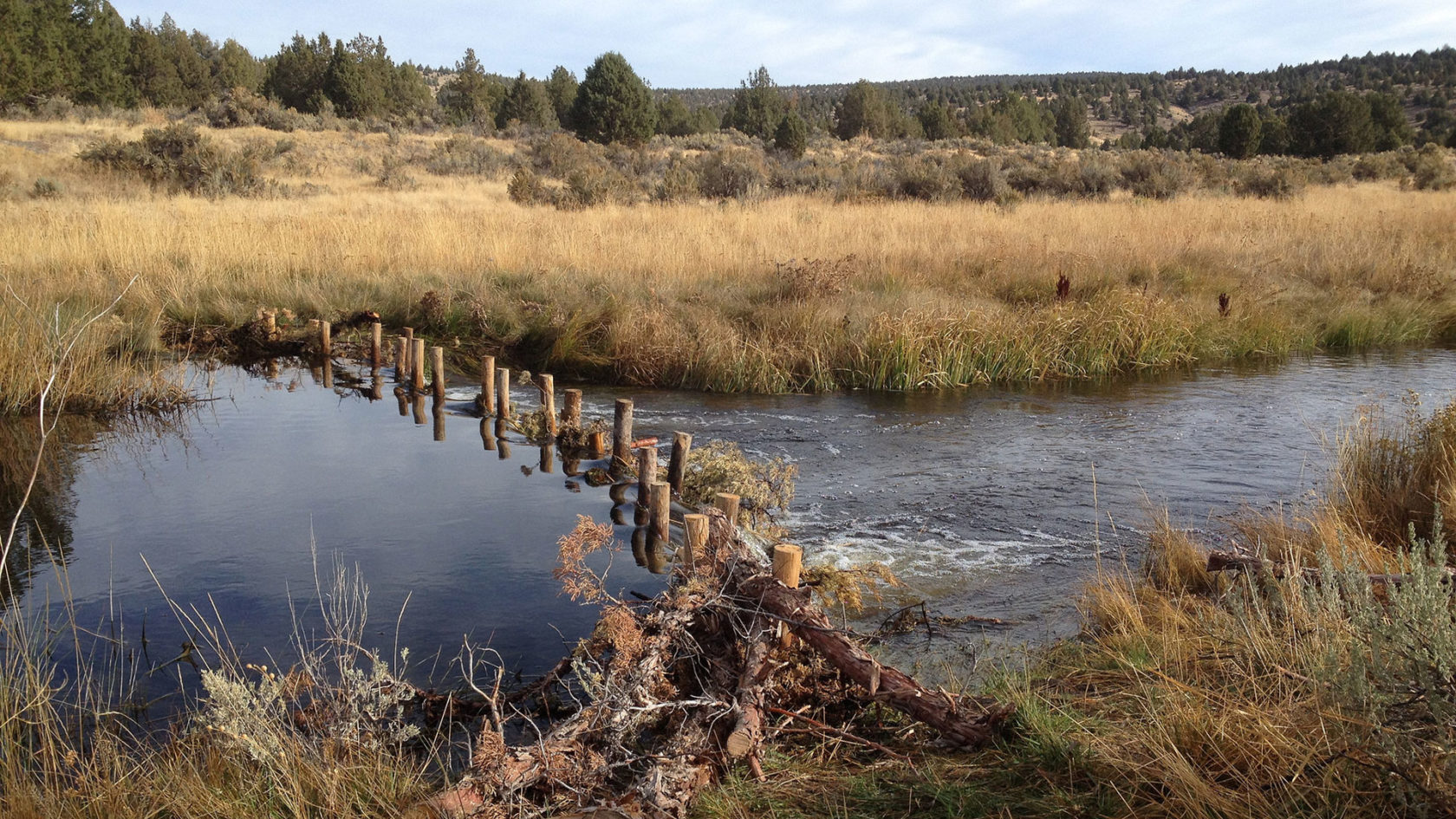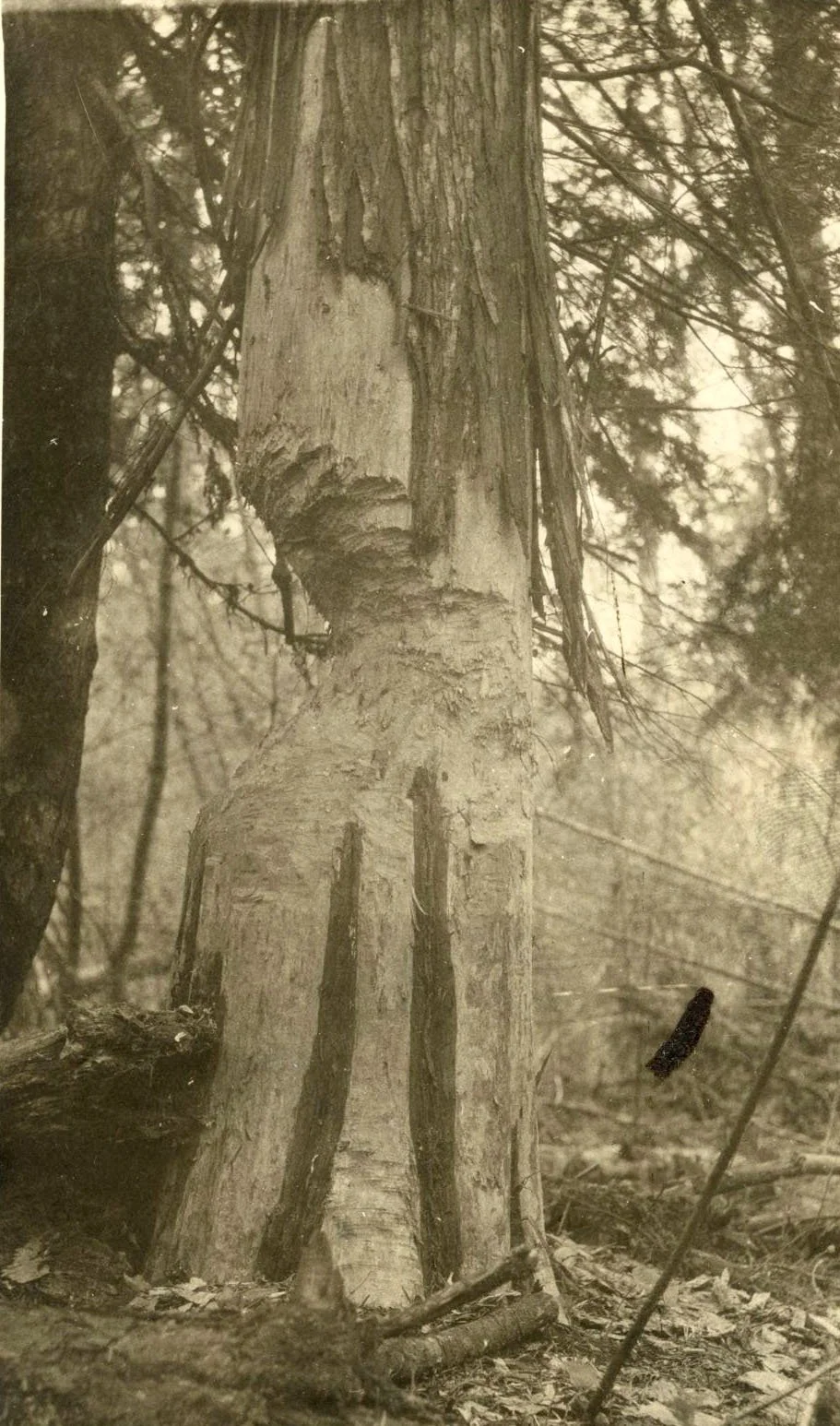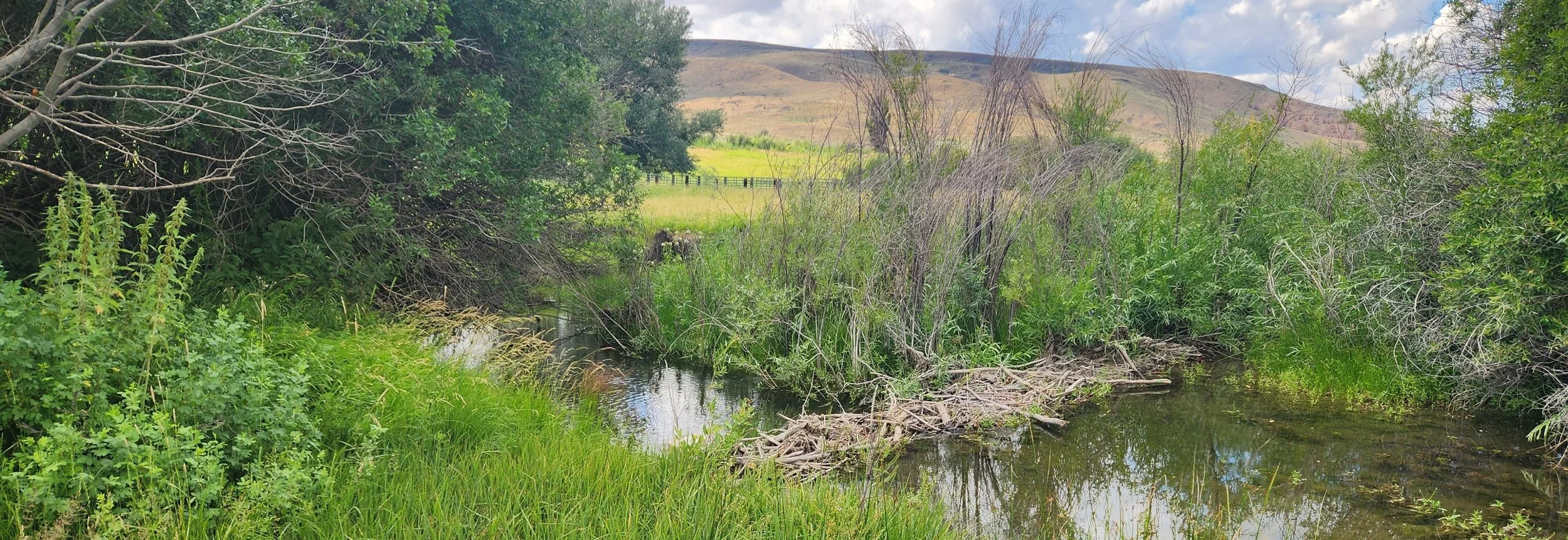
Beaver Dam Analog Restoration Workshop
Andy Gallagher The Hatfield -Hyde Land Trust will host a series of FREE educational events September 18th-20th, to teach landowners, producers, and agency staff techniques for developing a beaver dam analog (BDA) project. During this hands-on training, participants will learn about how BDAs can benefit wet meadow systems, technical aspects of project design, and have a chance to install structures.
Beaver dam analogs (BDAs) are a stream restoration tool based on mimicking the inundations created by beaver dams in creeks and streams. Posts are pounded across the stream channel, and they begin trapping wood and other material, forming small dams. These small structures can generate benefits for meadow plant communities that, in turn, increase forage production and improve mesic resources for many desert species.
Register and check out more resources below
Workshop for Agency Personnel
September 18, 8:00 am - 2:00 pm
Hatfield-Hyde Ranch, Brothers, OR
This training will be led by Dominic Rocco from the Oregon Department of Fish and Wildlife.
8:00 am: Meet at Hatfield-Hyde Ranch House
8-9:30 am: Introductions, then brief instruction time to learn about BDAs from professionals
10:00 am: Head to the field and start installing BDAs
1:00 pm Break for Lunch (Provided)
2:00 pm Debrief and head home!
Workshop for the General Public
September 19, 8:00 am - 2:00 pm
Hatfield-Hyde Ranch, Brothers, OR
This training will be led by Dominic Rocco from the Oregon Department of Fish and Wildlife.
8:00 am: Meet at Hatfield-Hyde Ranch House
8-9:30 am: Introductions, then brief instruction time to learn about BDAs from professionals
10:00 am: Head to the field and start installing BDAs
1:00 pm Break for Lunch (Provided)
2:00 pm Debrief and head home!
Join us at the ranch for a workshop to learn more about Low Tech Process Based Restoration using beaver dam analogs (BDAs). This training will be lead by Gus Wathen and Chris Jordan the organizers behind famed Bridge Creek BDAs near Mitchell.
BDAs restore natural processes that facilitate healthy streams. These are low-tech structures created by hand using pine poles, sod, dirt etc. BDAs are designed to mimic beaver dams which can help slow water flow creating more forage and reducing erosion.
Workshop for Landowners and Producers
Saturday, September 20th, 8:00 am - 2:00 pm
Hatfield-Hyde Ranch, Brothers, OR
Andy Gallagher
Topics include:
How BDAs promote landscape health
Resources for implementing BDAs on your own operation
Agenda:
8:00 am: Meet at Hatfield-Hyde Ranch House
8-9:30 am: Introductions, then brief instruction time to learn about BDAs from professionals
10:00 am: Head to the field and start installing BDAs
1:00 pm Break for Lunch (Provided)
2:00 pm Debrief and head home!
Register
Registration is free, but will be capped at 30. Please let us know if your plans change and you won’t be able to make it.
FAQs
What is a Beaver Dam Analog and why is it useful for conservation?
Beaver Dam Analogs (BDAs) are human-made beaver dams designed to mimic the ecological processes initiated by real beaver dams and encourage beaver return in streams. BDAs are designed to be semi-permeable and temporary.
BDAs are considered a low-tech restoration tool. BDAs add complexity to riverscapes by emulating natural processes such as “threaded” channelization and added complexity in the form of woody debris. These efforts improve riparian health as well as habitat for fish and wildlife. Low-tech solutions are preferred over their high-tech engineering-based equivalents as the former treats the problem as well as the symptom.
In other words, low-tech restoration promotes cascading processes that maintain river health beyond an isolated structural fix that does not initiate natural mechanisms that increase river complexity.
These technologies are relatively low-cost and hand-built. The goal of low-tech restoration is to initiate self-sustaining processes for improved river health.
Check out these resources:
Low-Tech Process-Based Restoration of Riverscapes: Design Manual - Chapter 1 – Background & Purpose.
Mesic Prioritization framework for identifying where to work
What is Hatfield-Hyde Land Trust?
A family ranch located in central Oregon near the town of Brothers is managed by Becky Hatfield-Hyde and Taylor Hyde. See this article from the Desert Land Trust’s Sharing Common Ground series for more information on their operation.
Courtesy Oregon Hist. Soc. Research Lib.Org Lot 311, box 6 f61


